Let me lead you through this divine exhibition of fashion.
From a rare suite of Gabrielle ‘Coco’ Chanel’s iconic little black dresses to voluminous Dior 1950s ballgowns descending a sweeping staircase, The Krystyna Campbell-Pretty Fashion Gift exhibition showcases more than 150 superb garments from Parisien haute couture and international fashion houses.
Generously gifted to the NGV by leading philanthropist Krystyna Campbell-Pretty, the works include ground-breaking designs from Dior, Chanel, Yves Saint Laurent, Balenciaga, Schiaparelli, Christian Lacroix, Alexander McQueen, Madame Grès, Charles Frederick Worth and more.
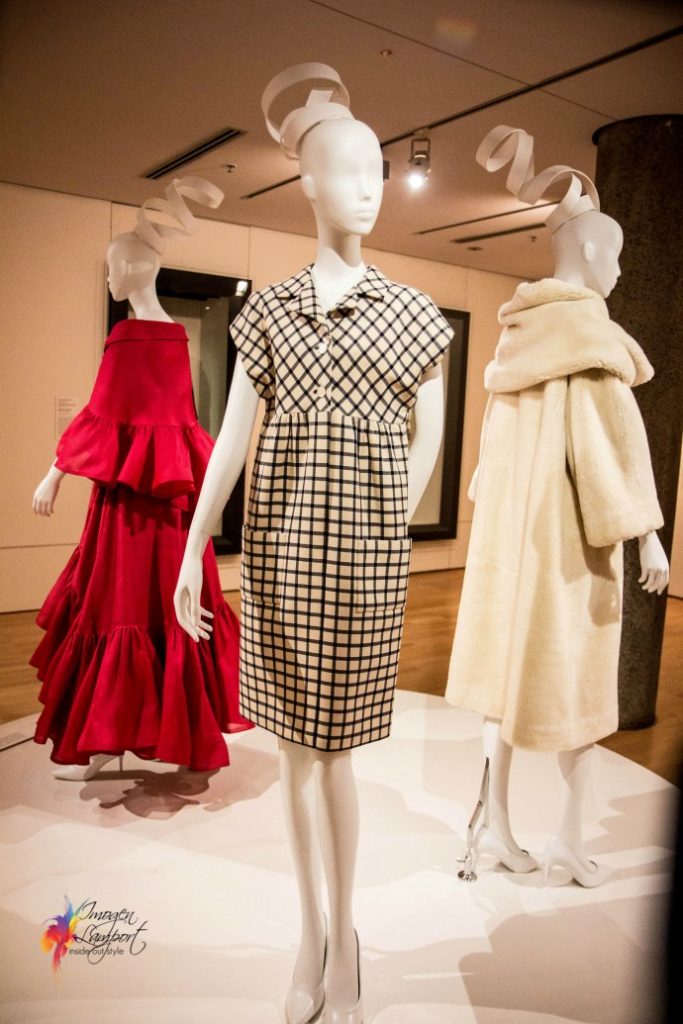
From the 1950s onwards Cristobal Balenciaga pioneered a modernist approach that sought to minimise construction details and subvert eh natural silhouette. Inspired by the Japanese Kimono, he created coats that draped backwards to reveal the nape of the neck and introduced balloon hems, semi-fitted dresses and jackets that cocooned at the back.
Highlights include Yves Saint Laurent’s safari suit, Saharienne, 1968, and a crystal-embellished jacket from his 1990 Versailles collection; ‘Hall of Mirrors’ jacket and dress, 1938, by Elsa Schiaparelli, embroidered with sequins and mirror pieces in rococo-inspired flourishes; and a gown from Alexander McQueen’s revolutionary tartan collection, a dress which was famously worn by Sarah Jessica Parker to New York’s Met Gala in 2006.
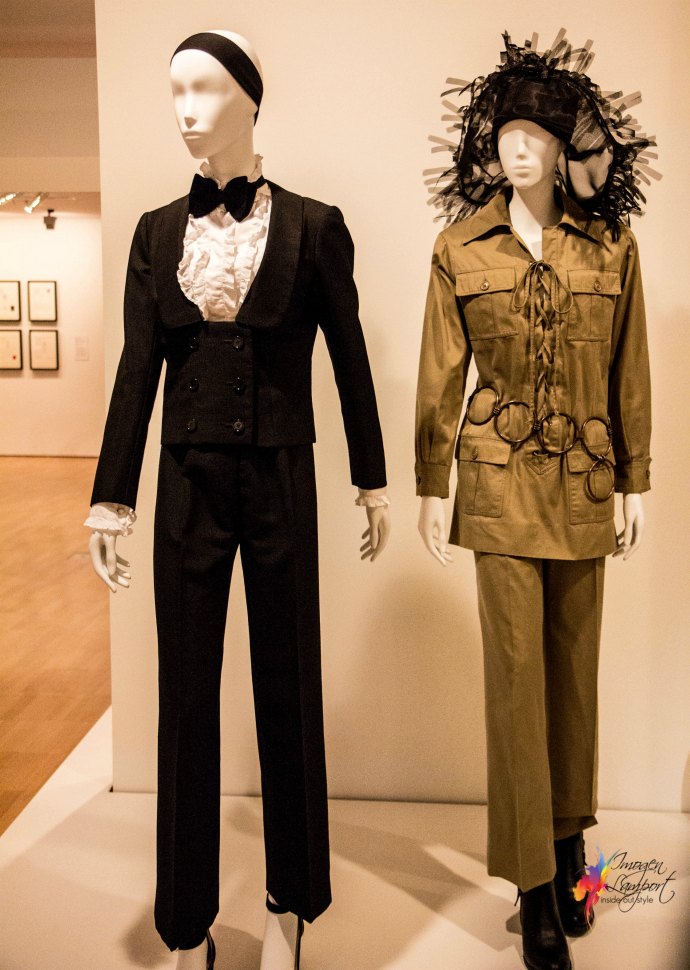
From his first collection in January 1962, Yves Saint Laurent set about translating the male wardrobe for women, inverting staples such as the pea coat, trench coat, dinner suit and jumpsuit. In summer 1966 he created one of his most iconic designs, the Le Smoking tuxedo suit. At a time when it was still controversial for women to wear trousers in public.
I made a video of the exhibition curators and Krystyna Campbell-Pretty talking about different pieces included and the significance of these amazing gowns.
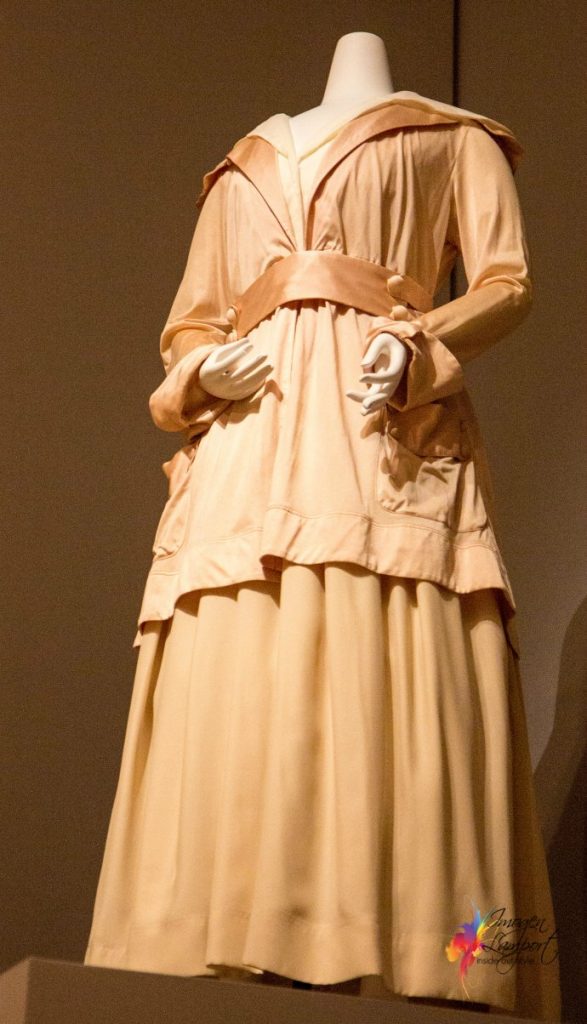
Chanel’s early designs were based on functional simplicity and elegance. She produced suits in jersey and tweed fabrics and broke new ground for women with her practical an dstylish garments. Chanel was instrumental in popularising new materials and unstructured garment forms in the period immediatly after the First World War and for championing soft, unstructred pieces that were previously more likely to be encountered in the realm of sports and leisure wear. This Jacket c 1913-17 is made from silk jersey.
Including a gown from Alexander McQueen’s iconoclastic tartan collection, a dress from which was famously worn by Sarah Jessica Parker to New York’s Met Gala in 2006, to a dress from Dior’s debut 1947 spring–summer collection, the exhibition traces key moments in fashion history and illuminates some of the most ground-breaking designs from the nineteenth century to today – most of which have never before been exhibited in Australia.
Divine pieces by Madame Grès adorn one wall of the Salon. Each show her mastery of working with silk jersey in a sculptural way.

Christian Lacroix, opened his fashion house in 1987 and soon attracted critical attention for his opulent garments and signature treatments, including the short puffball skirt known as le pouf, rose prints and low decolletage. He drew widely from other styles from fashion history (like the corset and the crinoline), folkore and traditional dress from many parts of the world, mixing his many references in a varied manner. Caramba, dress 1988 combines the wild colours that led Lacroix to be called the “colour couturier”.
The Salon room is filled with expressions of the little black evening dress.
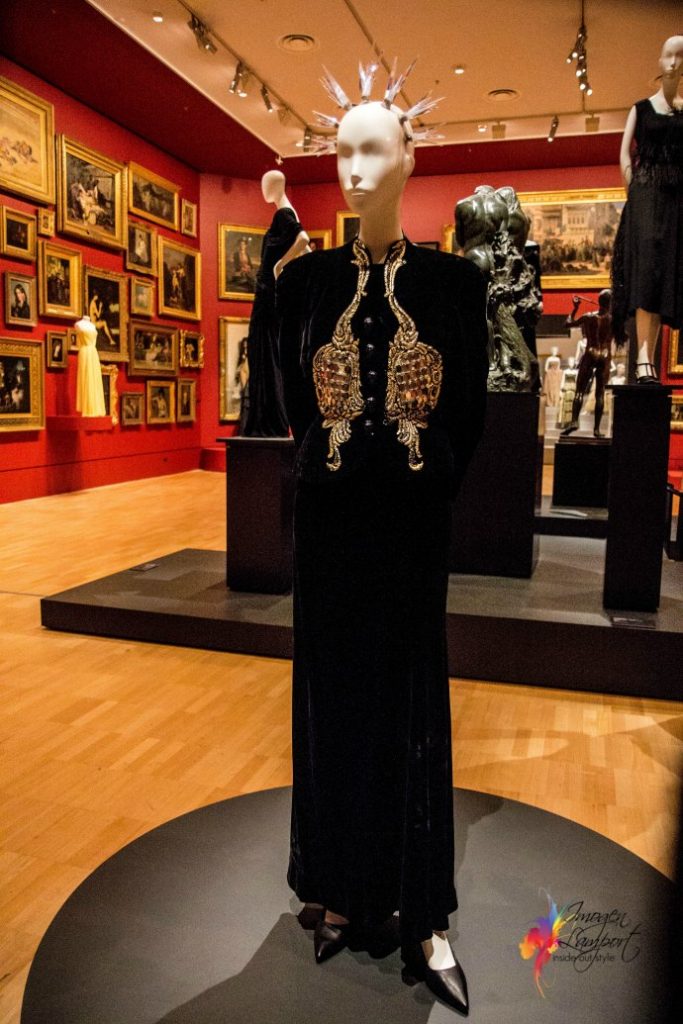
Along with its matching evening dress, this rare Hall of Mirrors jacket was a key work from Schiaparelli’s Zodiac collection 1938, renowned for its lavish embroidery and dazzling ornamentation. The iconic mirrored archways found in the Palace of Versailles seems likely to be the inspiration for the ornate decoration on the front of the jacket. Schiaparelli frequently visited Versailles and its grounds to call on her friend, the renowned interior designer Lady Mendl who lived there.
Offering visitors a fascinating insight into the minds of history’s greatest fashion designers, the exhibition also includes original sketches and workbooks by designers including Jeanne Lanvin and Madame Grès, embroidered samples from Lesage, fashion photography from Paris fashion houses such as Givenchy, and rare early fashion magazines, including Vogue, Les modes and Gazette du bon ton. These materials form the basis of a new specialist fashion research library created for the NGV: the Krystyna Campbell-Pretty Fashion Research Collection.
Tony Ellwood AM, Director, NGV said, ‘Krystyna Campbell-Pretty’s support of the Fashion and Textiles Collection is unprecedented for the department and continues to acquire major acquisitions for the collection, including both iconic works and garments by previously unrepresented designers. We are proud to present a selection of collection highlights through this exhibition and, with them, an arresting view of the world’s best fashion and haute couture.’
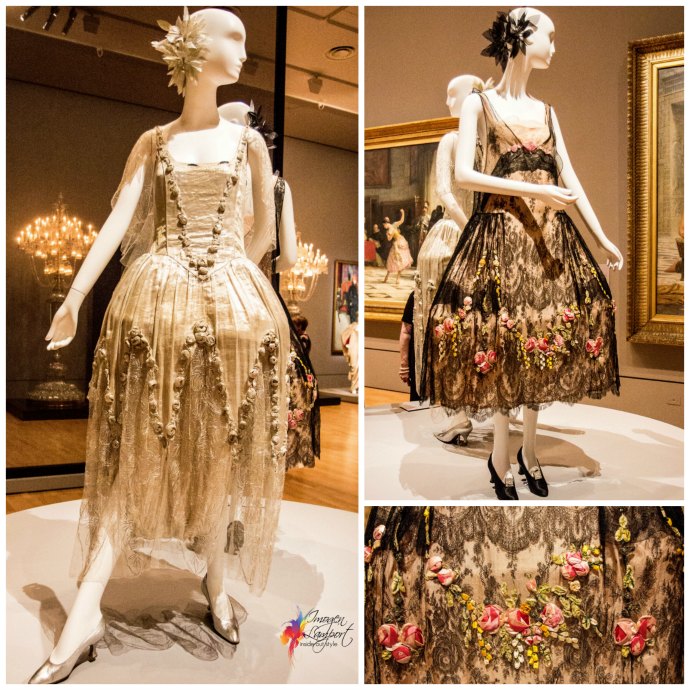
Sisters Sylvie Montegut and Baronne Jeanne d’Etrellis (nee Boue) opened their Parisian couture house in 1899. Their distinctively romantic style included the use of fine chantilly lace and delicate ribbon work flowers. These are an example of its robe de style from 1925-26
Krystyna Campbell-Pretty said, ‘Fashion can be simultaneously artistic, pragmatic, and a crucial physical record of complex construction skills and techniques that are all but gone. For me, fashion is also visual and social history, reflecting the role, perception and lives of women in society.
‘I am passionate about building the NGV Fashion and Textiles Collection, as well as broadening my philanthropic efforts in a variety of other cultural and educational programs, especially those directed to children. I hope audiences enjoy this collection, which now belongs to all Victorians and to all Australians.’
The Krystyna Campbell-Pretty Fashion Gift will be on display from 1 March – 14 July 2019 at NGV International, 180 St Kilda Road, Melbourne, Australia. Entry is FREE and not to be missed if you want to enjoy divinely made, exquisite examples of haute couture garments.
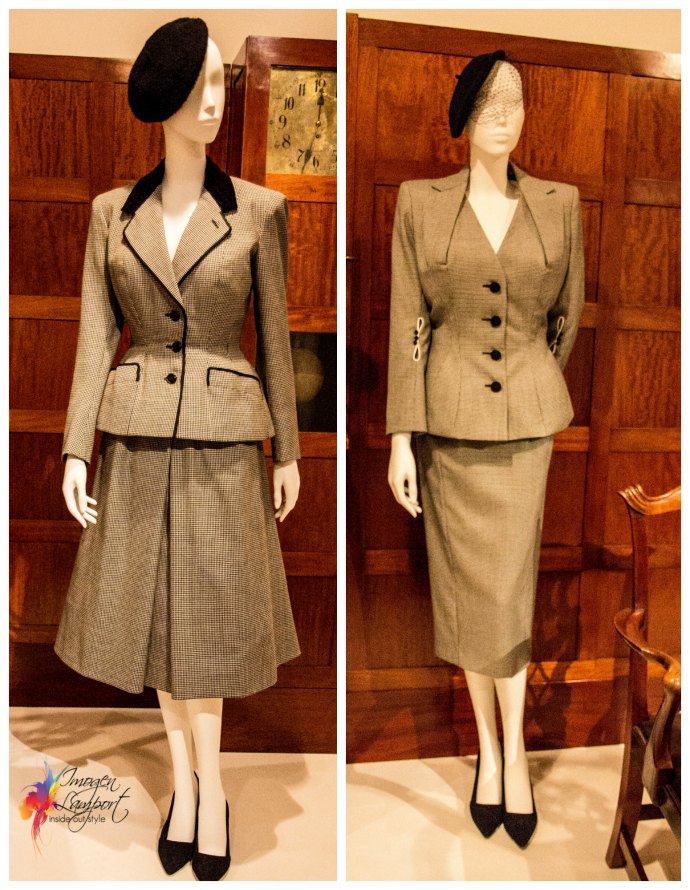
Left: Dior Cavaliere suit 1948 and Right: Galliano for Dior Look 5 suit 1995.
In the 1950s Christian Dior said the suit is “without doubt the most important piece in the female wardrobe, for it is the best adapted to today’s lifestyle”. To this end, many of his collections featured ingenious examples of tailored day wear. Dior believed the suit to be capable of displaying just as much technical prowess and fashionable appeal as a daring cocktail dress or dazzling evening gown. More than 40 years later, John Galliano made his own statement on the power of the suit with this updated interpretation of the influential herringbone suit with its inverted halter-style lapel and cutaway sleeve detail.
See more images from this magnificent exhibition on my Instagram account.









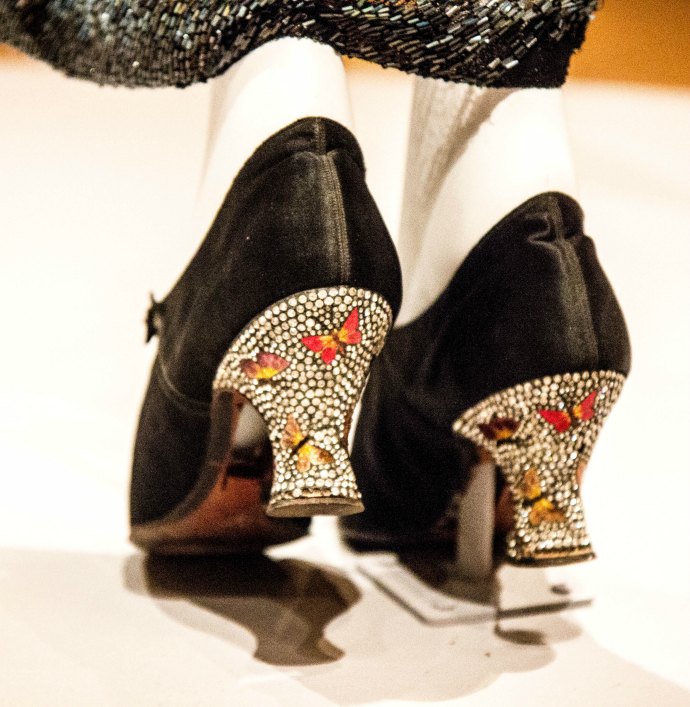
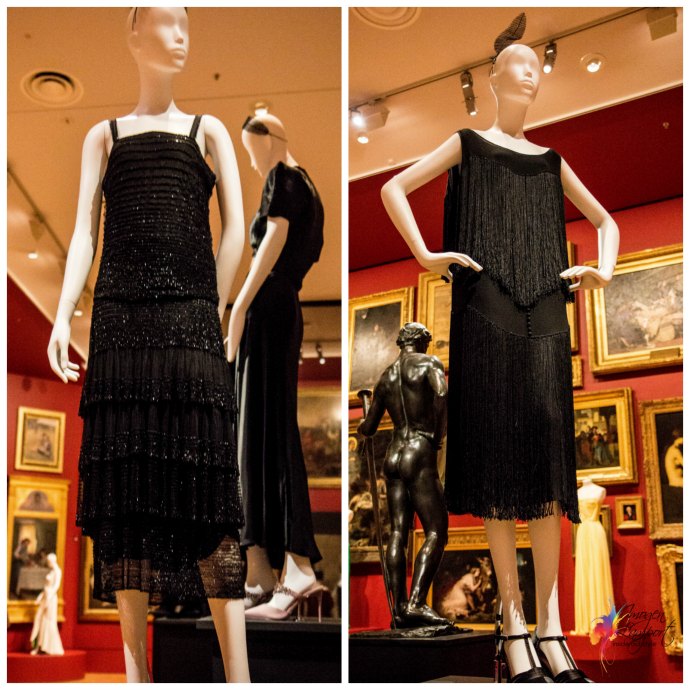
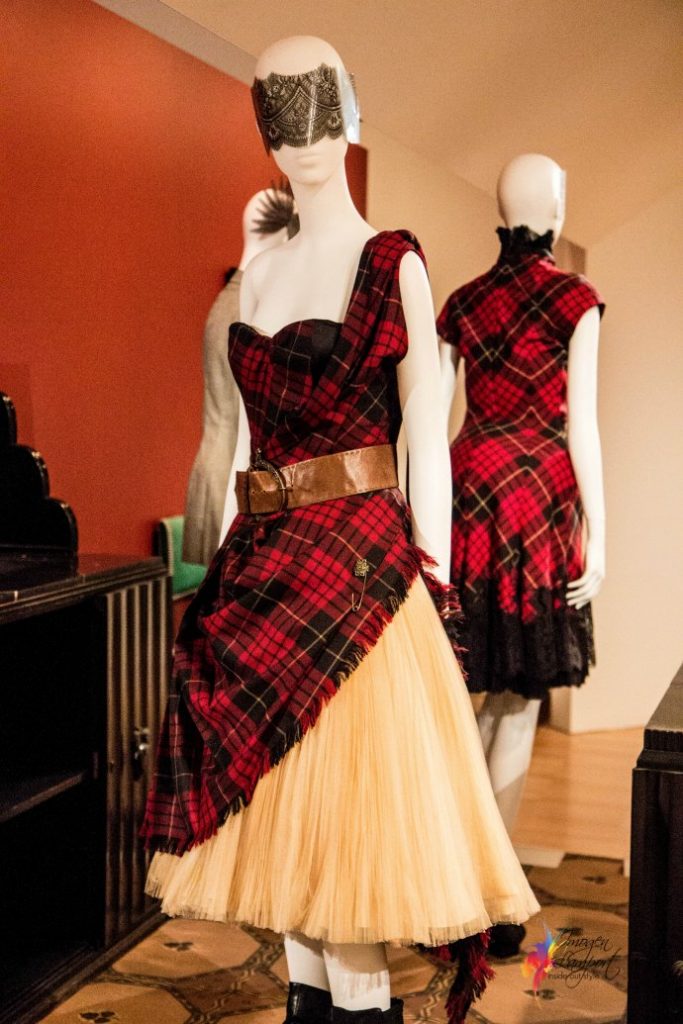
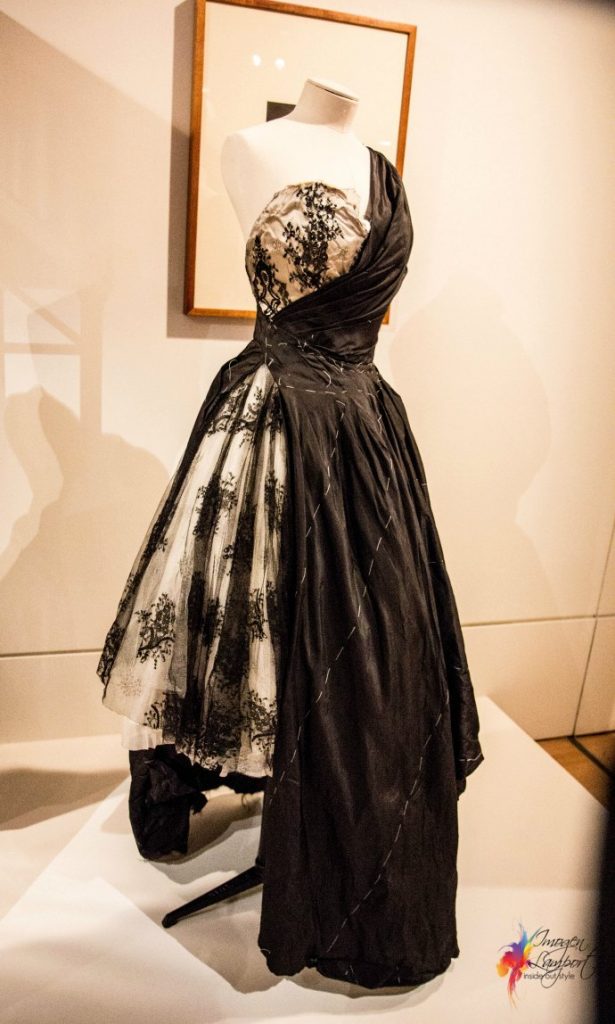
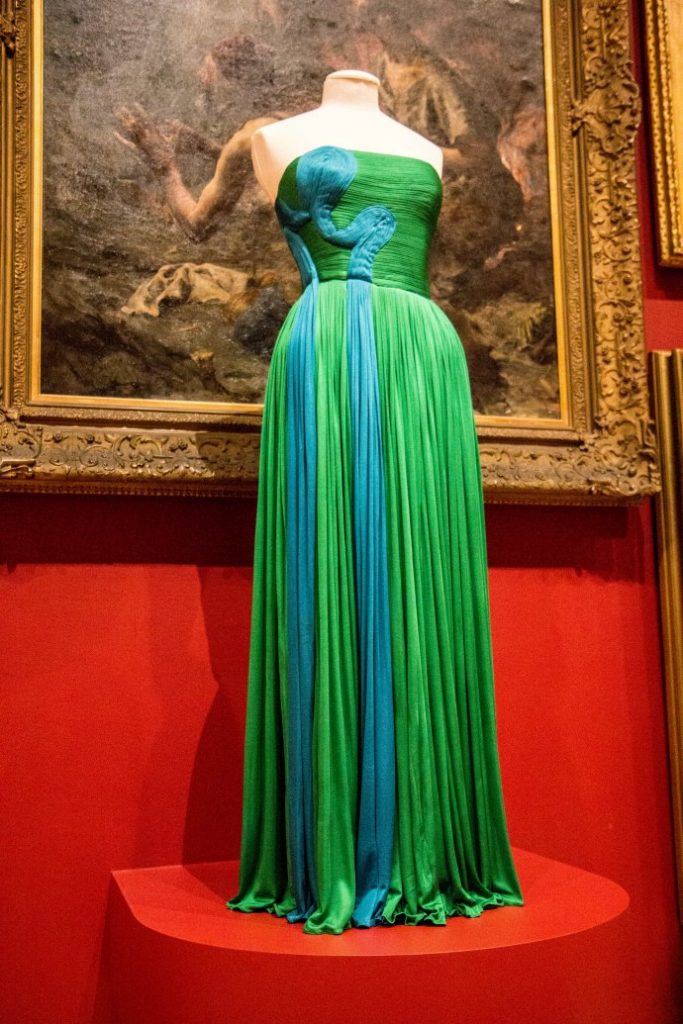
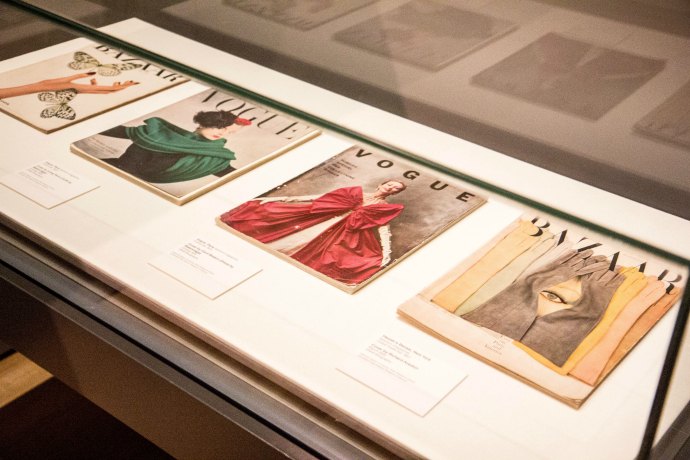
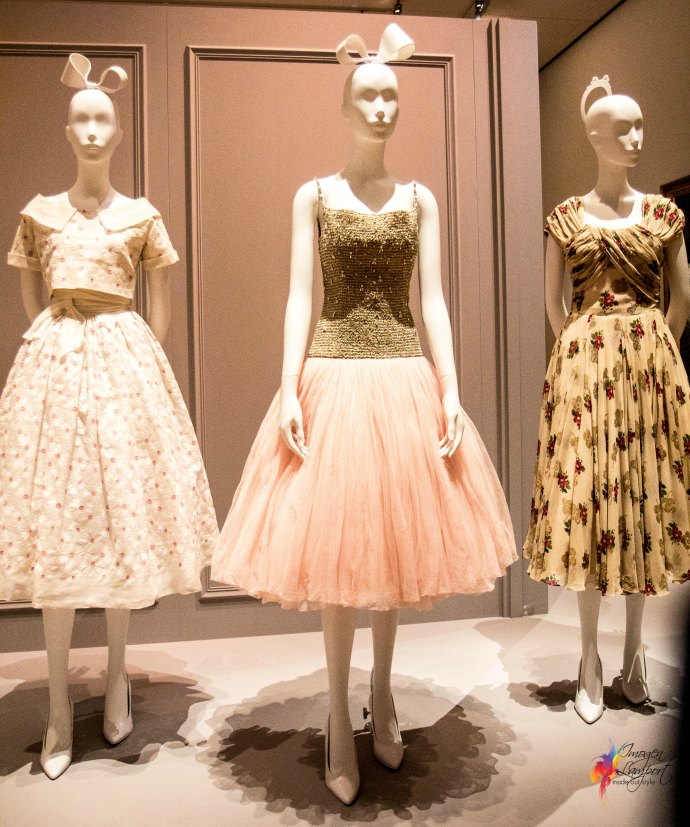
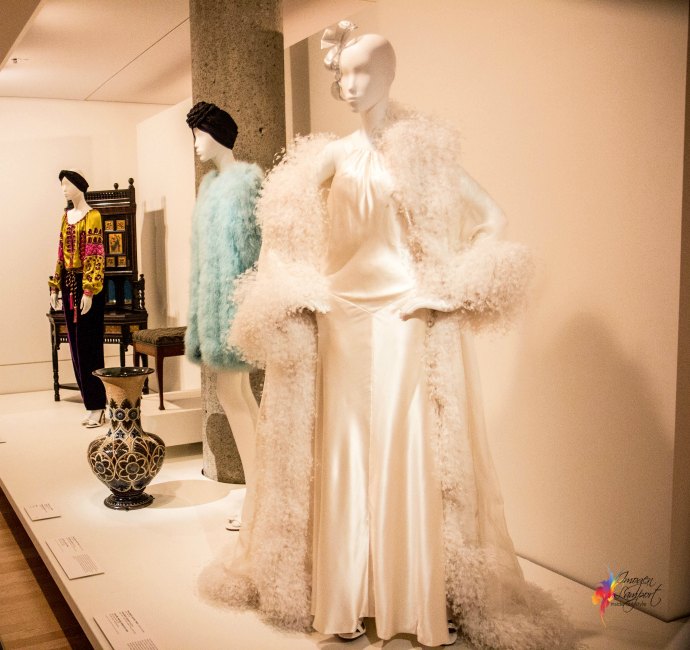






This dresses looks so incredibly and in such a good condition, thanks for sharing,
So lovely and I’m such a huge fan of the glimpse into history fashion provides- thank you so much for this post!
It’s incredible how fresh and current the Chanel little black dresses still look today. Thank you for such an interesting post. I would love to visit myself but live in the UK.
Aren’t they – yet they are so old! TImeless classics
Amazing ! such a treat Imogen. If it was exciting to “visit” through pictures i cannot imagine actually being there!